Microsoft ends support for Internet Explorer on June 16, 2022.
We recommend using one of the browsers listed below.
- Microsoft Edge(Latest version)
- Mozilla Firefox(Latest version)
- Google Chrome(Latest version)
- Apple Safari(Latest version)
Please contact your browser provider for download and installation instructions.
February 25, 2022
The world's first uninterrupted large-capacity wireless transmission in a high-speed mobile environment using 60GHz band wireless communication
Originally static wireless communication such as millimeter-wave band wireless LAN can be applied to mobile objects such as cars
Nippon Telegraph and Telephone Corporation (Headquarters: Chiyoda-ku, Tokyo, President: Jun Sawada, hereafter "NTT") has realized 60-GHz band wireless LAN (WiGig*1) to achieve uninterrupted large-capacity wireless transmission in high-speed mobile environments for the first time in the world*2 by using terminal-driven dynamic site diversity control technology.
NTT's terminal-driven dynamic site diversity control technology permits even non-mobile wireless communication systems that do not have a soft handover function*3, such as WiGig, to realize uninterrupted large-capacity wireless connections to high-speed mobile terminals. It can be used for real-time video transmission from drones, cars, and batch transmission of recorded data.
1.Research Background
It is expected that the millimeter-wave and sub-terahertz wave bands will be used to further increase wireless capacity towards 6G. In such high frequency bands, the zone radius is small and a large number of base stations will be required. Non-mobile wireless communication systems such as wireless LAN are seen as necessary to complement the 6G infrastructure and as a way to offload traffic from mobile communication services such as 4G / 5G.
WiGig is a wireless LAN in the 60-GHz band capable of up to 4.62Gbit/s*4 on one frequency channel. However, since it does not have a soft handover function, it is not possible to smoothly switch the connected base station even if the terminal moves. Therefore, it was considered impossible to maintain high speed wireless connections across multiple wireless zones, making it impractical to apply WiGig to mobile platforms such as cars and drones.
To solve this problem, NTT developed a method that controls the switching among switched base stations based on autonomous positioning of wireless terminals using WiGig communication radio waves (hereinafter referred to as "base station switching control"), see Fig.1. NTT implemented equipment and demonstrated base station switching within 500msec while maintaining an uplink throughput of 1Gbit/s*5.
Unfortunately, the switching delay of about 500msec, due to the need to search for the next base station and reconnection procedures, interrupts communication such that packet loss occurs. Therefore, it was difficult to apply WiGig to real time transmission services such as video streaming and batch data transfer requiring high throughput at all times.
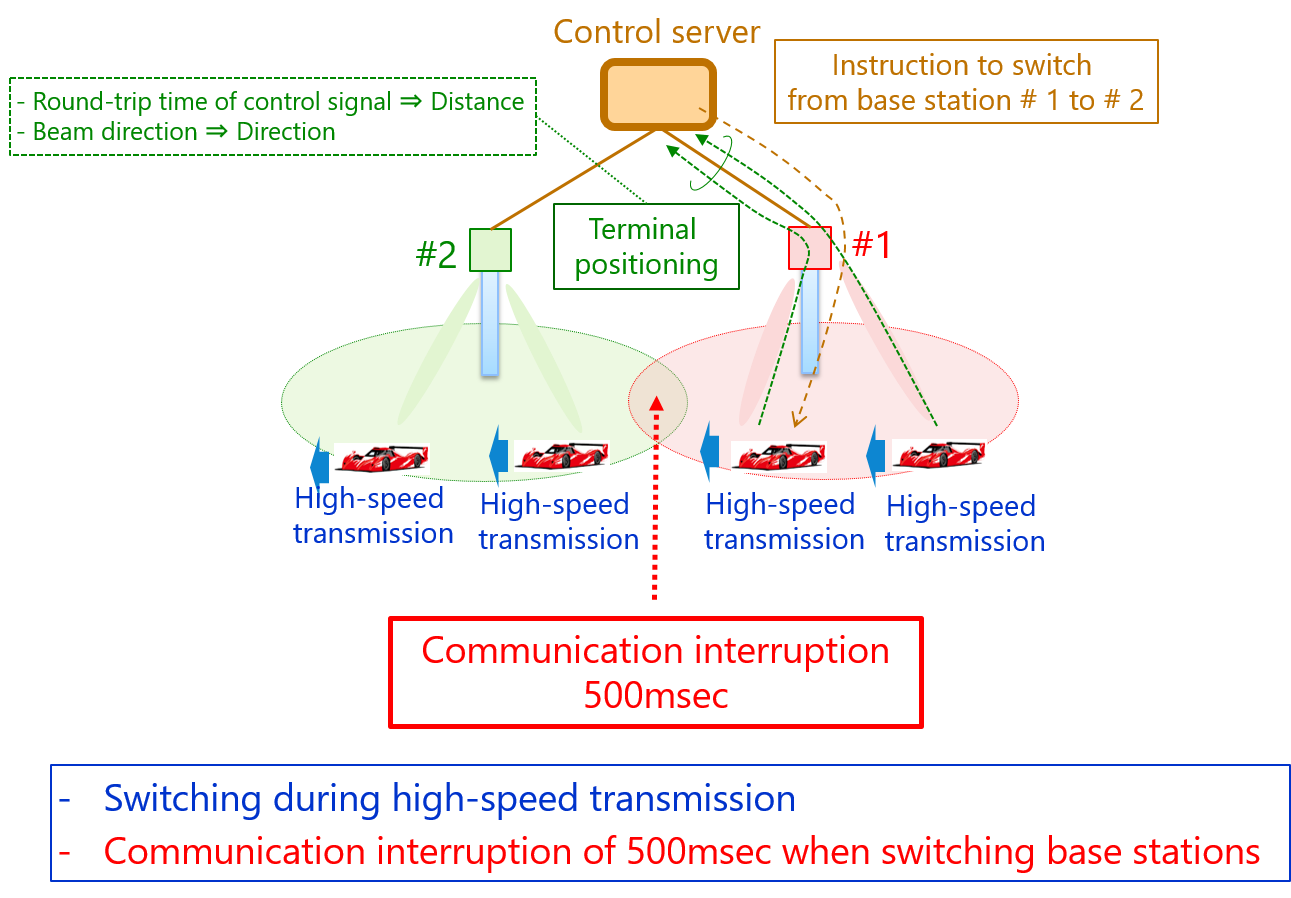 Figure.1 Base station switching control technology based on autonomous control of wireless terminals using WiGig communication radio waves
Figure.1 Base station switching control technology based on autonomous control of wireless terminals using WiGig communication radio waves
2. Technology overview
To solve the above problems, we have devised a terminal-driven dynamic site diversity control technology using multiple wireless function units in the wireless terminal (Fig. 2). Applications in the mobile connect to multiple wireless units via the control function unit. Each wireless function unit connects to a different wireless base station, if available, and performs base station switching control. The control function unit controls (1) and (2) below.
- It selects and seamlessly switches to the wireless function unit that offers better wireless quality at any time. This switching is controlled by the control function section for the application (shown in (1) in Fig. 2).
- It controls each wireless function unit in order to connect to different base stations (shown in (2) in Fig. 2).
By controlling (2), the base station switching timing of each wireless function unit is offset to prevent both radio function units from switching base stations at the same time. By combining this with the technology of (1), while the wireless function unit on one side is switching to the next base station, the wireless function unit on the other side continues wireless transmission which prevents communication interruption. As a result, even a non-mobile wireless communication system without soft handover function can achieve large-capacity wireless transmission without interruption in a high-speed mobile environment.
Moreover, since technologies (1) and (2) are controlled in such a manner to be independent of Layer2 and lower layers, no special processing such as redundant transmission corresponding to multiple wireless terminals is required.
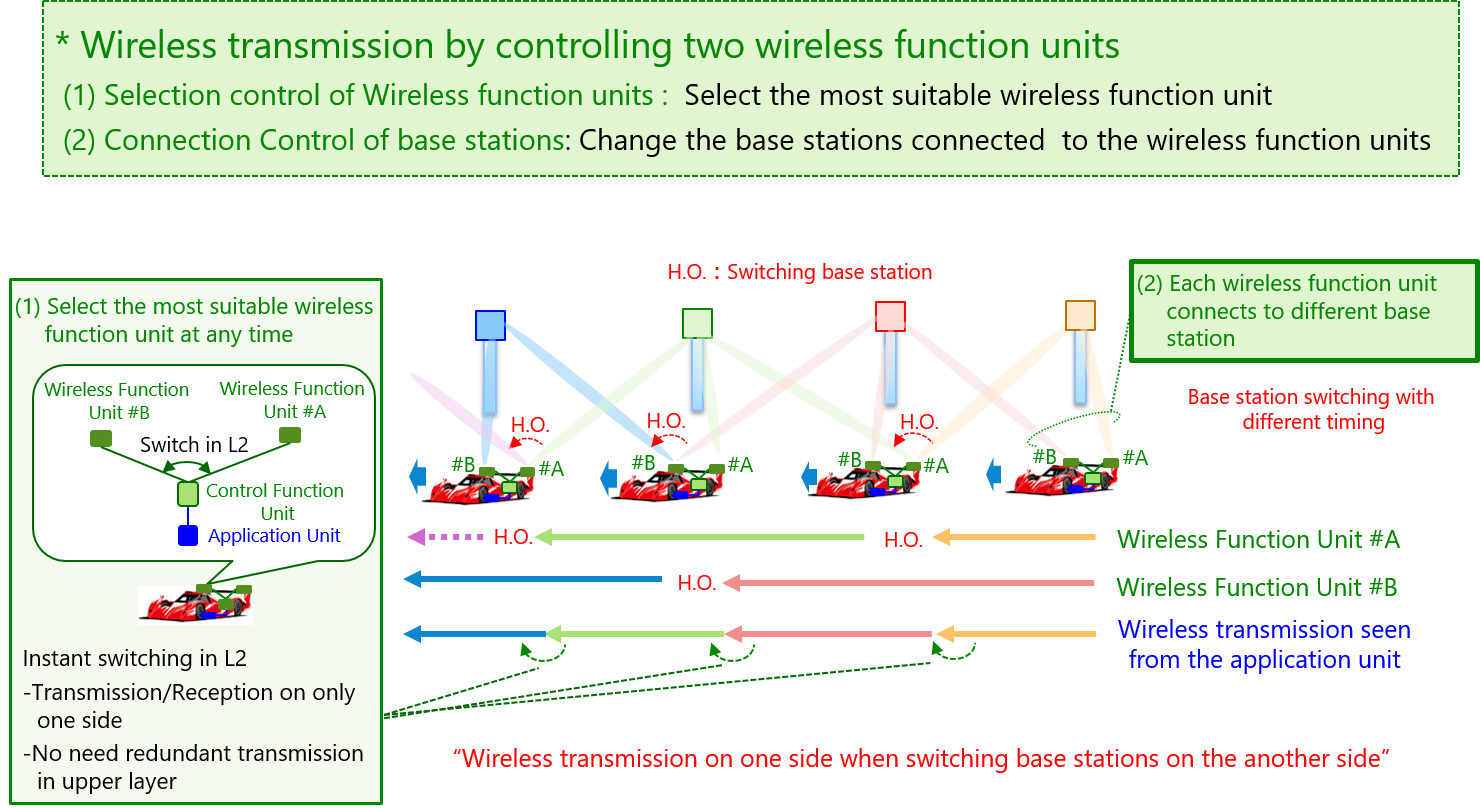 Figure.2 Terminal-driven dynamic site diversity control technology
Figure.2 Terminal-driven dynamic site diversity control technology
3. Outline of The Experiment
A demonstration of this technology was conducted at the "All Japan Super Formula Championship Joint Test Rookie Test" held at Suzuka Circuit from December 7th (Tuesday) to 8th (Wednesday), 2021. This experiment was supported by the racing team "DOCOMO TEAM DANDELION" that provided and operated a formula car that can reproduce the ultra-high-speed mobile environment of "RACING" (Fig.3). The demonstration was also supported by NTT DoCoMo Co., Ltd. and DoCoMo Technology Co. Ltd. who constructed an area for the ultra-high-speed mobile experiments and cooperated by developing techniques for mounting mobile terminals on high-speed vehicles.
Two WiGig wireless terminals (wireless function units) were installed on the side pods of the formula car, and the control terminal (control function unit) is installed within the left side of the formula car. Two WiGig base stations were installed on each side of the main straight course, which offers the highest speeds on the track. (Fig. 4). We evaluated the wireless transmission performance of this site diversity control technology by transferring data from the control terminal and measuring the upstream throughput at layer 2 received by each WiGig base station.
Figures 5 (a) and 5 (b) show the throughput measured without and with the use of this site diversity control technology, respectively. In the case of (a), wireless transmission is possible over the adjoining zones of the two base stations, but at the time of switching, wireless transmission is not possible for about 500 msec. On the other hand, in the case of (b), it can be seen that there is no time zone wherein wireless transmission is not possible, and wireless transmission was achieved over the zones of the four base stations. In other words, it was confirmed that wireless transmission between multiple base stations was performed without interruption.
We also confirmed that even while driving at 260 km / h (at measurement point*6), wireless transmission was possible without interruption at the average throughput of 1 Gbit/s or higher.
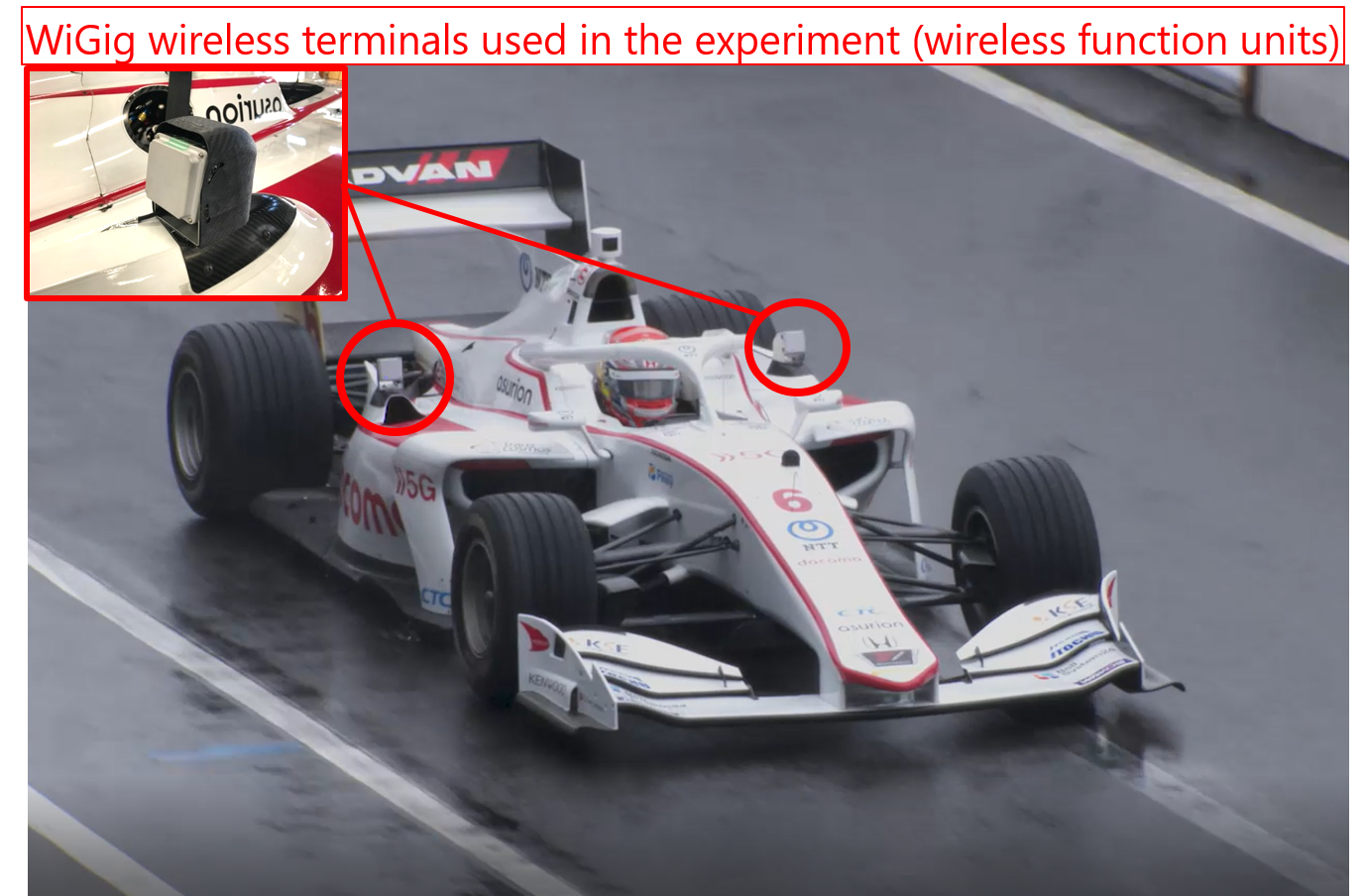 Figure.3 The formula car used in the demonstration experiment
Figure.3 The formula car used in the demonstration experiment
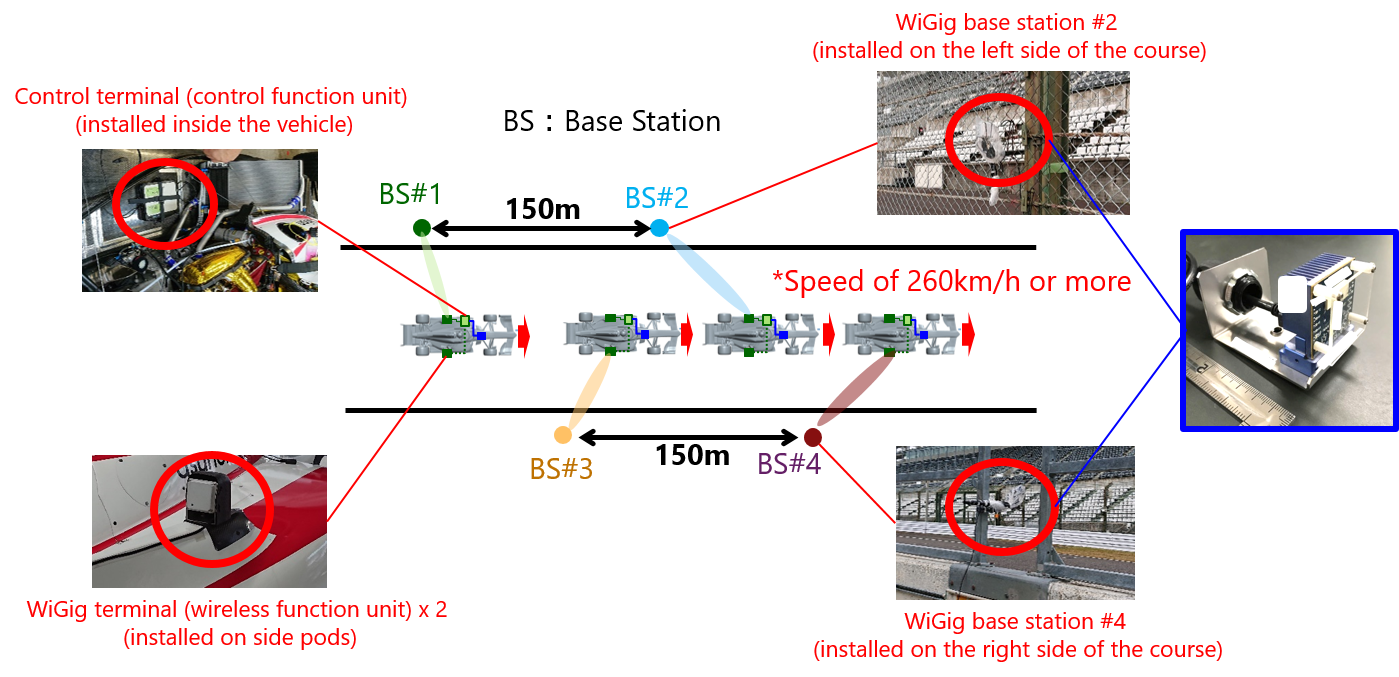 Figure.4 Experimental system in demonstration experiment
Figure.4 Experimental system in demonstration experiment
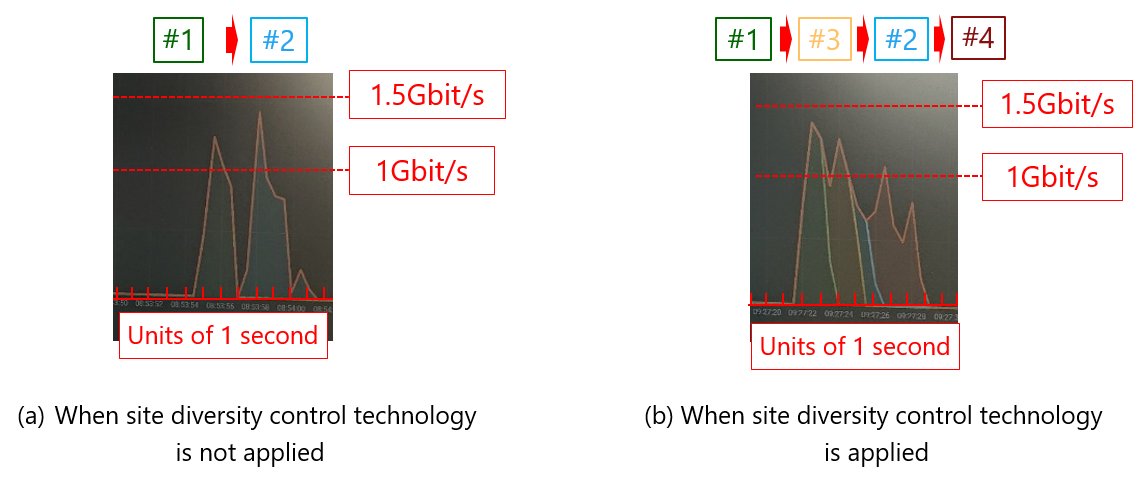 Figure.5 Experimental results (Upstream throughputs at layer 2)
Figure.5 Experimental results (Upstream throughputs at layer 2)
4. The Next Step
With this technology, even non-mobile wireless communication systems such as WiGig that do not have a soft handover function can be expected to support the following use cases.
- Mobile sensor data such as car drive recorders and engine data can be collectively transferred to terrestrial networks when passing through gates, intersections, etc. As there is no communication interruption, throughput is maintained as retransmission in higher layers is avoided.
- Mobile video data collected by platforms such as drones, robots, and mobile relay cameras can be continuously transmitted to terrestrial networks at events and construction sites, with no drop in video quality as the packet loss and retransmission delay caused by communication interruption are avoided.
- This technology, which connect multiple wireless terminals to different base stations, can also be used to ensure stable wireless transmission in the face of signal blocking environments in the high frequency bands.
We will continue with our technical studies to realize stable wireless transmission in various usage environments.In addition, this technology is expected to be widely applied to not only WiGig but also wireless transmission systems that utilize multiple wireless terminals and multiple terminal antennas in the high frequency band. We will also consider applying it to millimeter-wave and sub-terahertz wave band wireless transmission systems that are expected to be used in 6G.
*1:Abbreviation for Wireless Gigabit. Wireless LAN standard using 60GHz band in compliance with IEEE 802.11ad standard
*2:As of February 25, 2022, according to NTT research
*3:Technology that allows terminal stations to connect to multiple base stations at the same time and switch connections among base stations without interruption.
*4:Maximum transmission speed of Single Carrier Basic Mode IEEE Std-802.11TM-2016 (Revision of IEEE Std 802.11-2012)
*5:https://group.ntt/en/newsrelease/2021/02/03/210203a.html
*6:A measurement point in front of the first corner on the main street. 200m away from the WiGig base station at the experiment site
Contact Information
NTT Information Network Laboratory Group
Planning Department, Public Relations Section
E-mail: inlg-pr-pb-ml@hco.ntt.co.jp
Information is current as of the date of issue of the individual press release.
Please be advised that information may be outdated after that point.
NTT STORY
WEB media that thinks about the future with NTT









